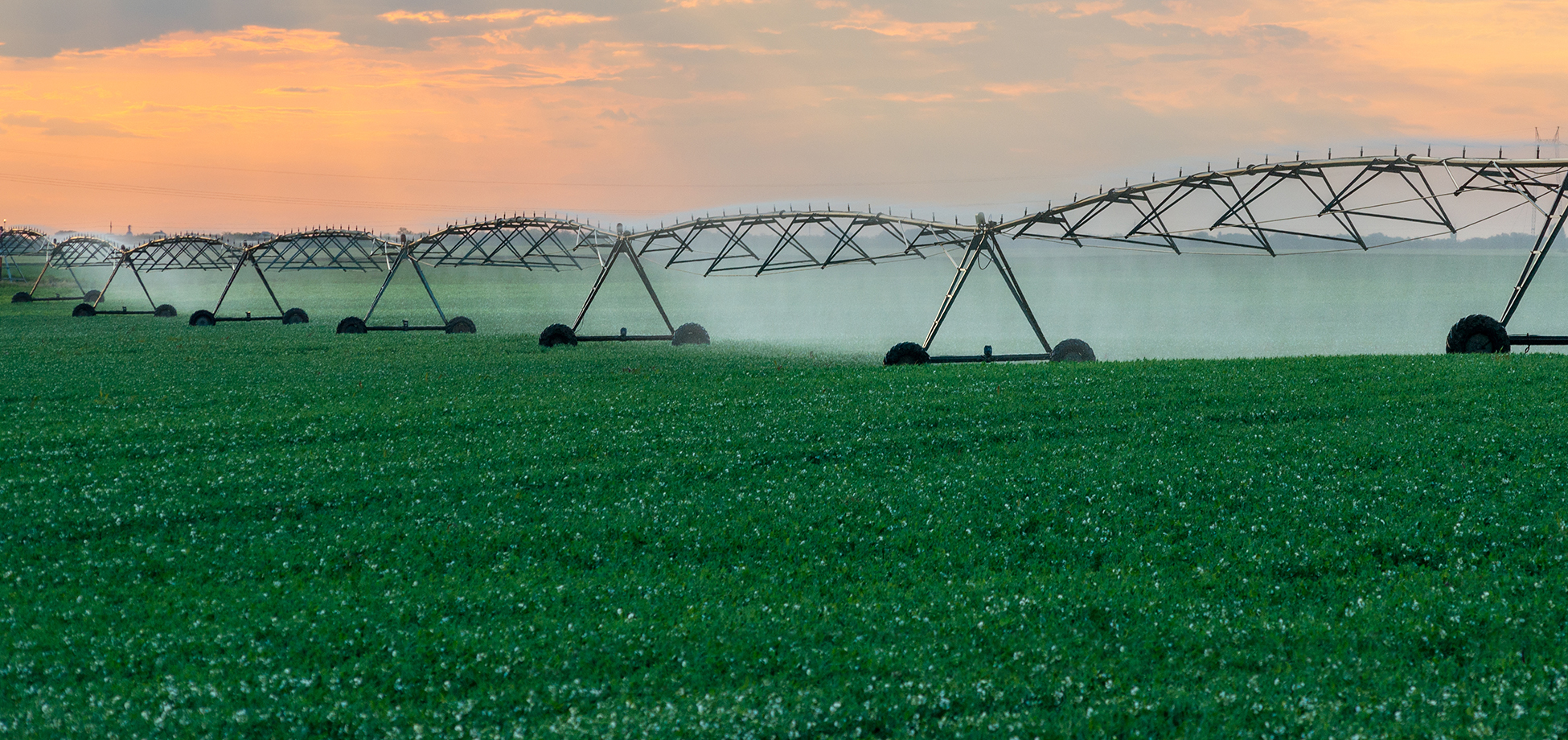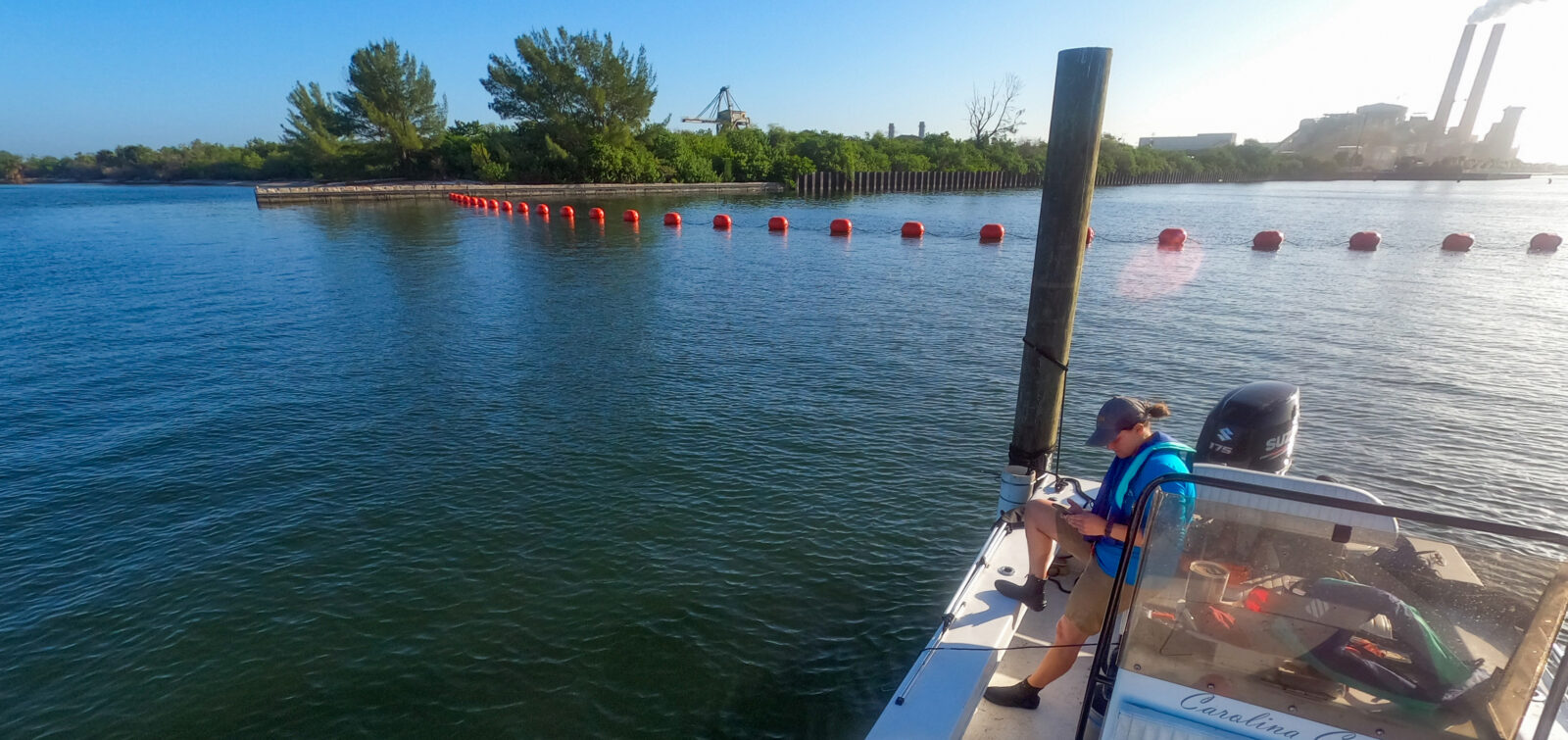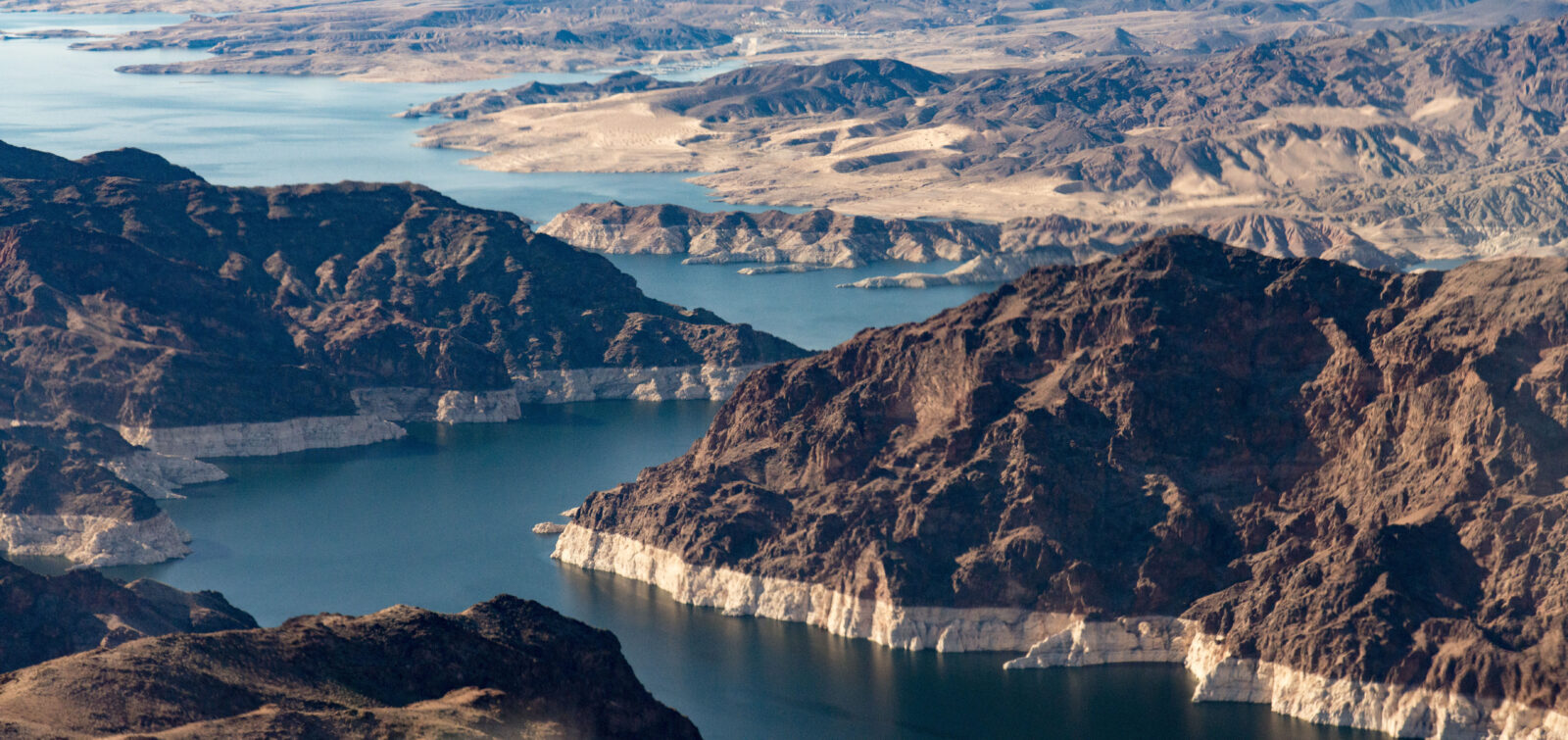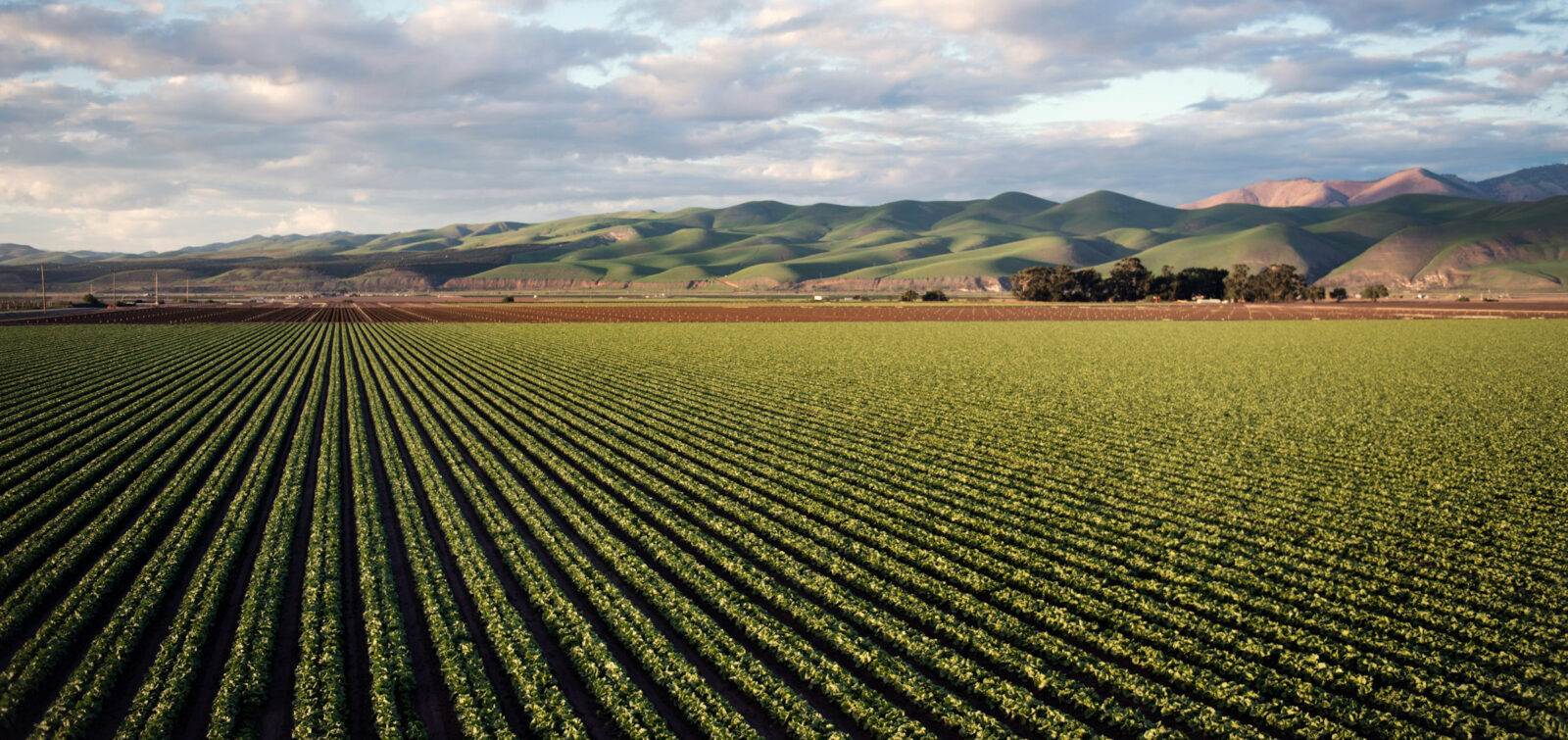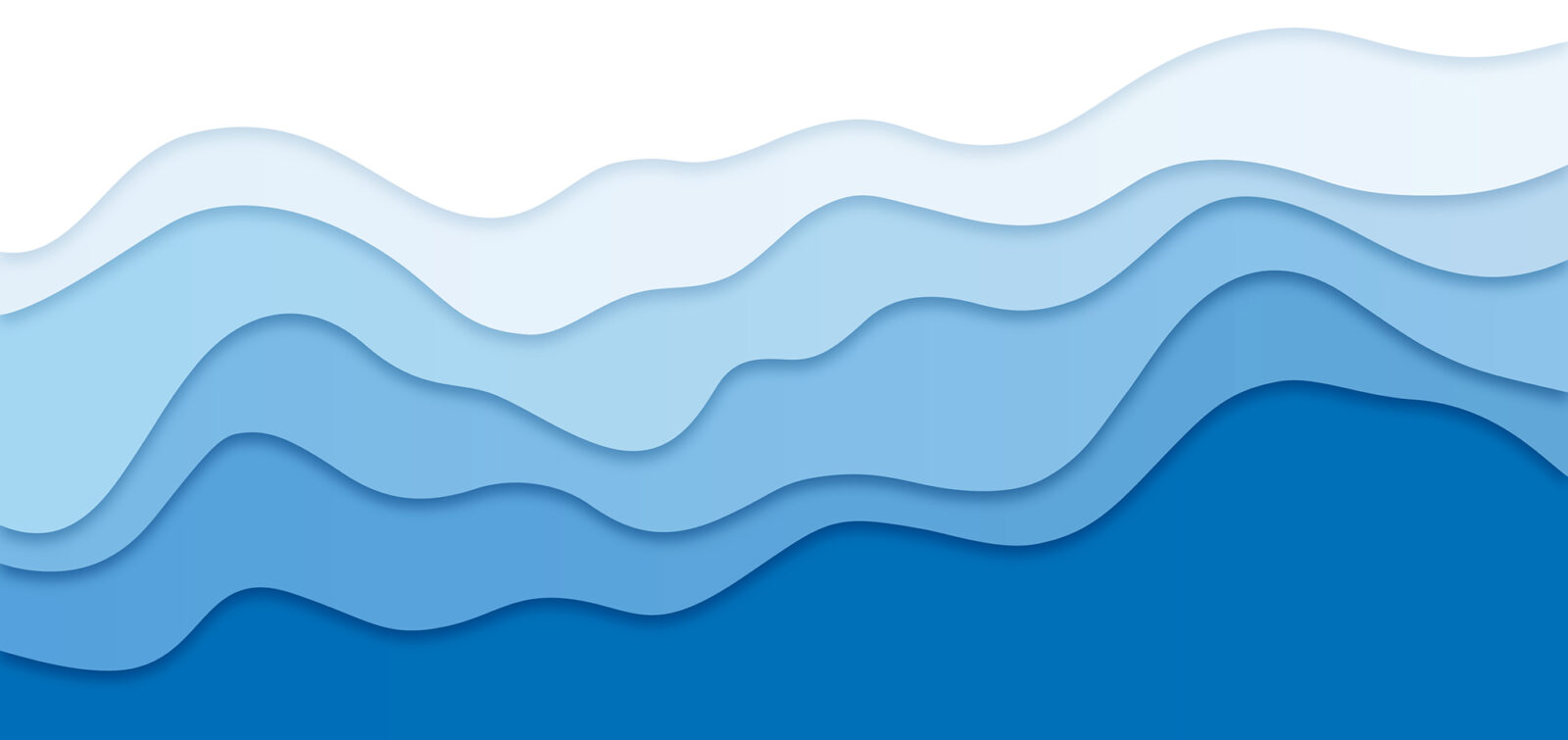Drought conditions are now a perpetual crisis in California and beyond, and local groundwater authorities are looking for easier ways to work with landowners to address water issues. Specifically, groundwater managers need to monitor water sustainability more efficiently in order to minimize negative impacts (such as drying wells or sinking land) and maximize benefits (preserving agricultural jobs and food production that serves the entire nation).
As of now, assessing water sustainability isn’t something a groundwater manager can easily do on their own on an as-needed basis. These assessments typically require a groundwater modeling specialist to interpret, code, and answer a water manager’s questions in a report that could take months to complete. The overall process could cost thousands of dollars for each planning scenario that an agency wants to analyze or each updated piece of monitoring data they want to include. This limits how efficiently agencies can work to maintain water sustainability at the local level.
To change that arduous process, ESA’s Technology Services Team, previously Sitka Technology Group before they merged with ESA in 2021, is in partnership with Nebraska-based engineering firm Olsson, which created a cloud-based solution for these agencies to tap into groundwater flow models and unlock a wealth of information to aid in water management. In most cases, results can be produced within about 30 minutes. This solution is called the Groundwater Evaluation Toolbox (GET).
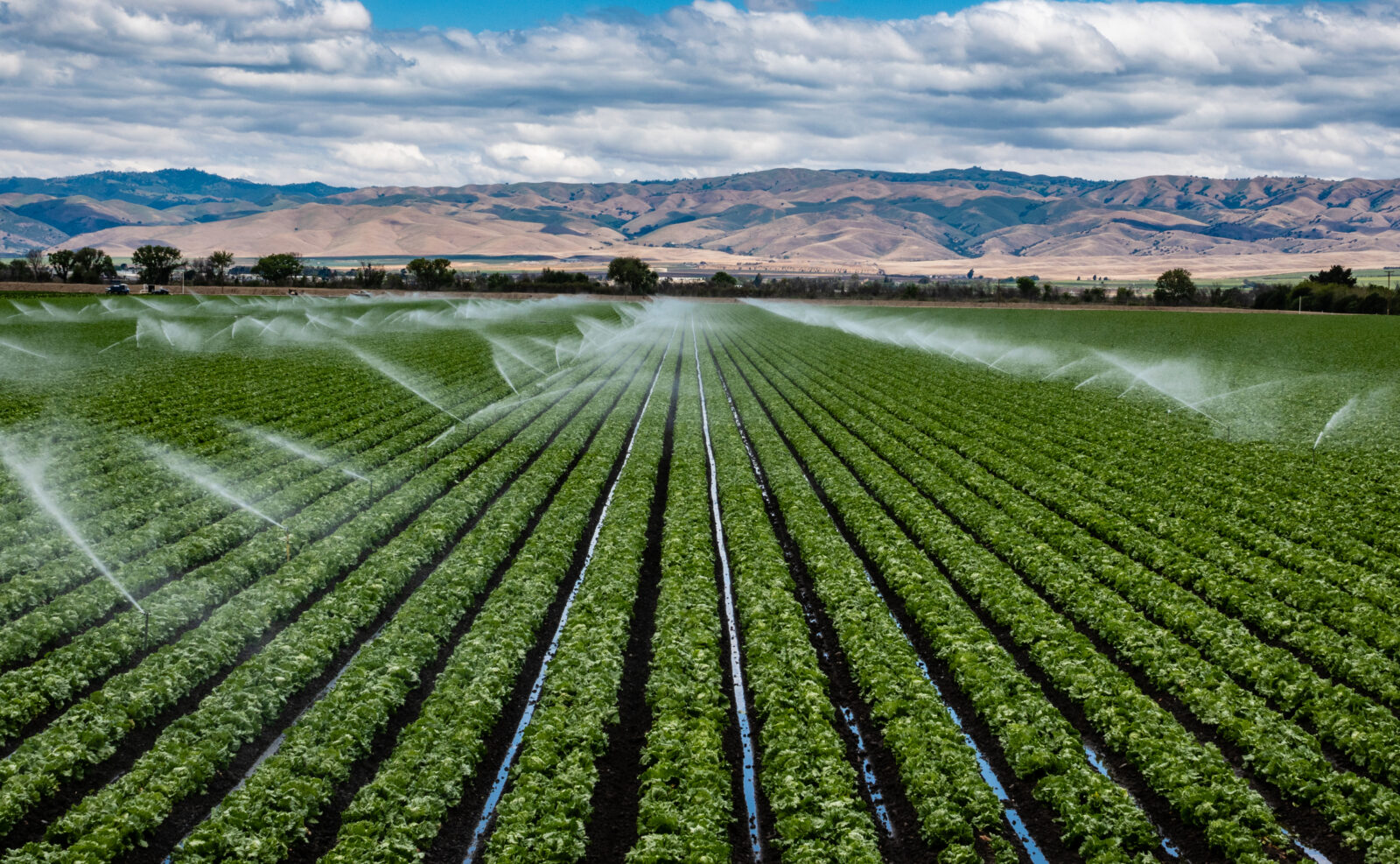
Sustainable and efficient groundwater monitoring benefits agriculture and food production.
The Need for GET
Most groundwater modelers use a software program called MODFLOW, developed by the US Geological Survey (USGS), that simulates groundwater flow to predict changes to the water table. But using MODFLOW requires a level of specialization that puts it in the realm of consultants, academics, and government scientists. Jim Schneider, Water Resources Technical Leader with Olsson, helped take MODFLOW to the cloud, creating a less expensive, more efficient, and more accessible solution for water districts.
“Effectively managing a system as complex as an aquifer has been limited by the time and expense of groundwater modeling,” Schneider said. “GET allows us to harness data in ways we never could before. Local water managers can now leverage technology to run unlimited scenarios through models much faster and more affordably, producing answers to the water management questions that are important to them.”
“It’s difficult to imagine a challenge more pressing
and urgent than water scarcity.”
Jim Schneider, Olsson Water Resources Technical Leader
Schneider has direct experience with the challenges of the traditional MODFLOW system that led to the design of GET. In his previous position as the Deputy Director and Lead Groundwater Manager at the Nebraska Department of Natural Resources, he oversaw a team of staff who were tasked with running groundwater models.
“We could ask for a model run and we might get it back in a week or two or it could be more than a month,” he says. “And even then, we might not have gotten it right, usually because of common mistakes like a copy/paste issue, but we wouldn’t know until we got the data back.”
This was especially a challenge during the period where the agency was legally bound to report their compliance with groundwater over an interstate stream. “Had GET been available to us at that time, we would’ve been light years ahead,” says Schneider.
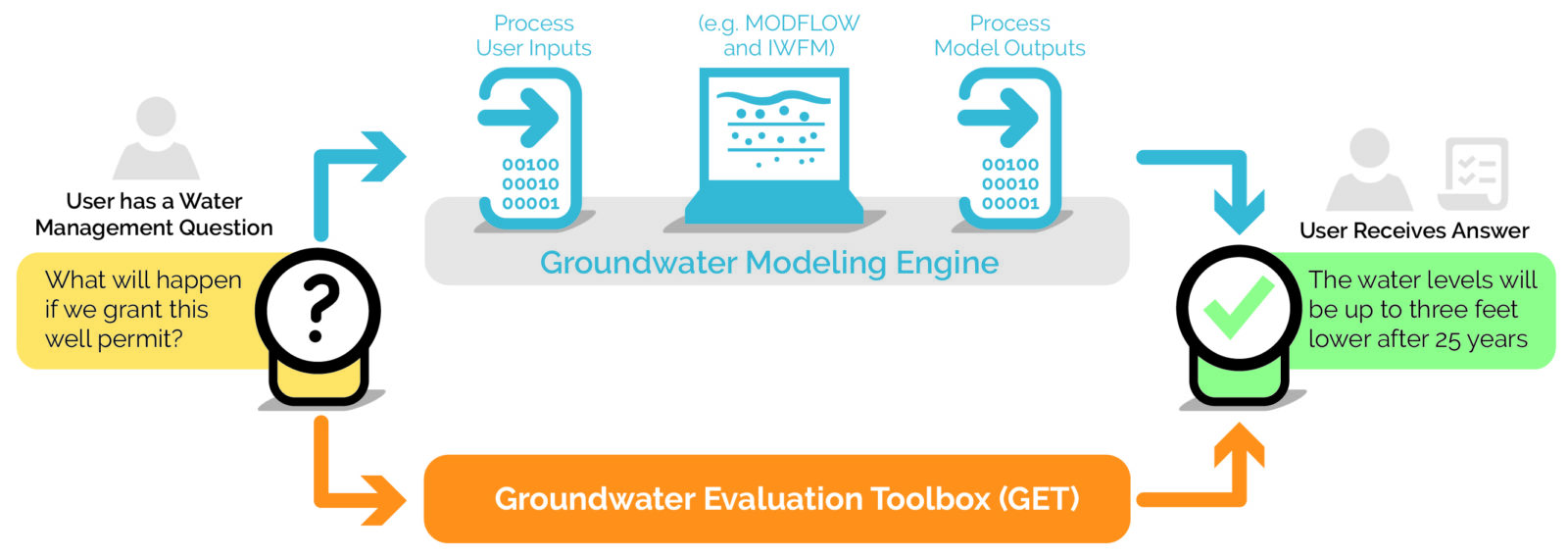
GET offers both a more efficient and a more accurate process. The modeler poses a question, which is translated into an input code that runs through a groundwater modeling engine. This returns output code, which GET translates into an answer. Questions can be answered within a matter of minutes without having to worry if the data input was correct.
Developing GET
When Schneider—and his previous supervisor Brian Dunnigan—moved to Olsson, they had a goal to solve the difficulty of efficiently assessing groundwater by creating a tool that could be widely used by water management agencies everywhere. Olsson brought the science and engineering expertise, but to carry this goal out effectively, they needed to tap into technology experts whose work focuses on environmental science solutions. That’s where the partnership between Olsson and ESA’s Technology Services group began.
“They had experience designing natural resource-themed platforms customized around water and natural resources,” says Schneider, which made ESA’s Technology Services team a perfect fit to create a high-quality platform to assist with groundwater management.
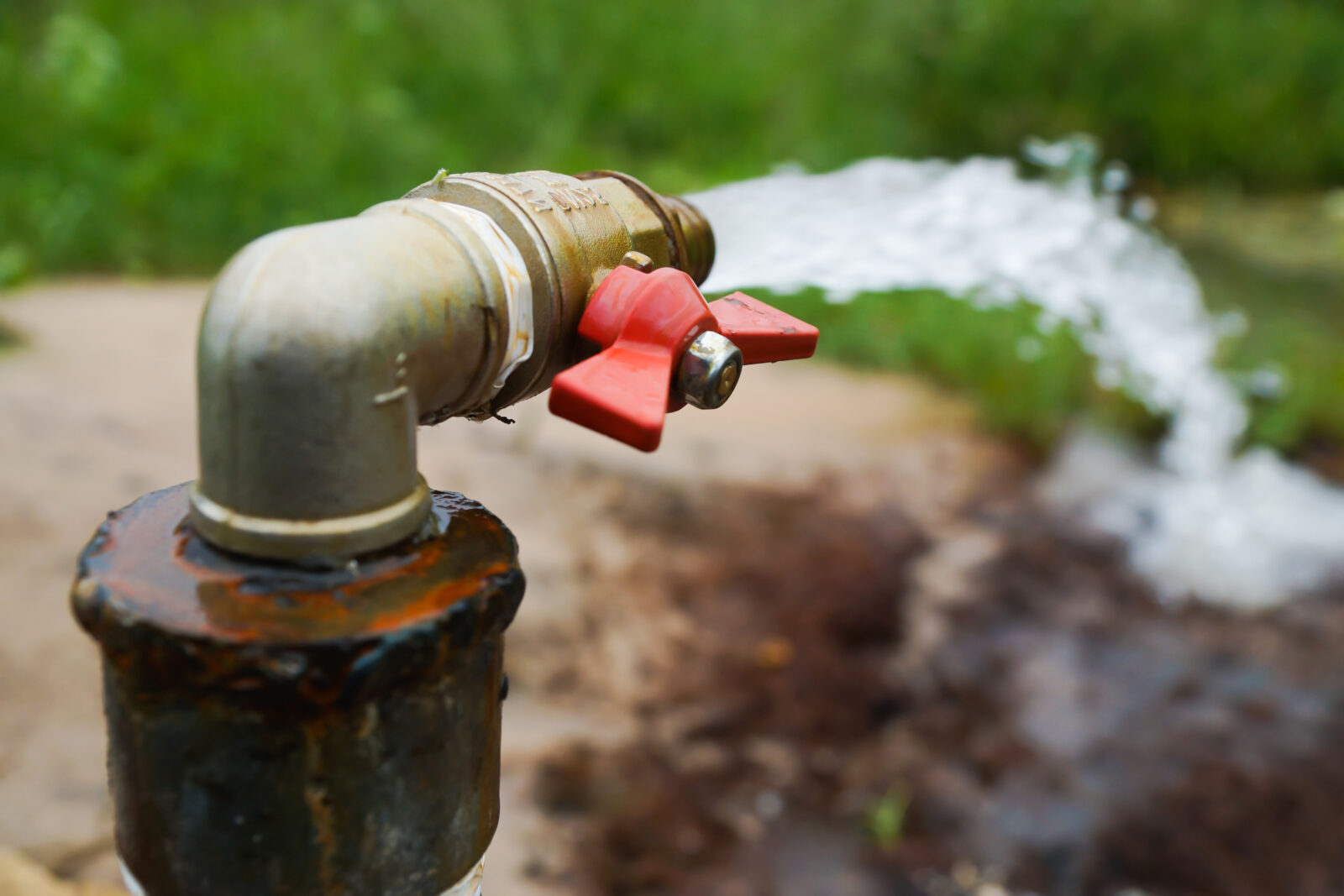
In California, many groundwater models are built to run a code called the integrated water flow model (IWFM), which was developed by the state’s Department of Water Resources.
Olsson will work with ESA so that GET can run IWFM code, ensuring that GET is more widely applicable to groundwater districts across California.
“We have highly skilled software developers who are used to working in the water space and have a deep history of working on water related projects,” says John Henry Burns, ESA Technology Services Lead. “Being able to serve as that kind of translator between our development team and the groundwater modelers at Olsson has been really valuable.”
Of course, Olsson isn’t setting out to replace the experts; rather, GET serves as a “hydrological intermediary,” similar to how your local TV weather forecaster serves as a meteorological intermediary. Schneider often compares GET to the weather forecast you might see on the local news.
“GSAs (Groundwater Sustainability Agencies) can use GET to update the water sustainability forecast to account for changes in irrigation practices,” says Burns, “but if they need help interpreting the results there’s a place for the scientists and the engineers behind the weatherperson.”
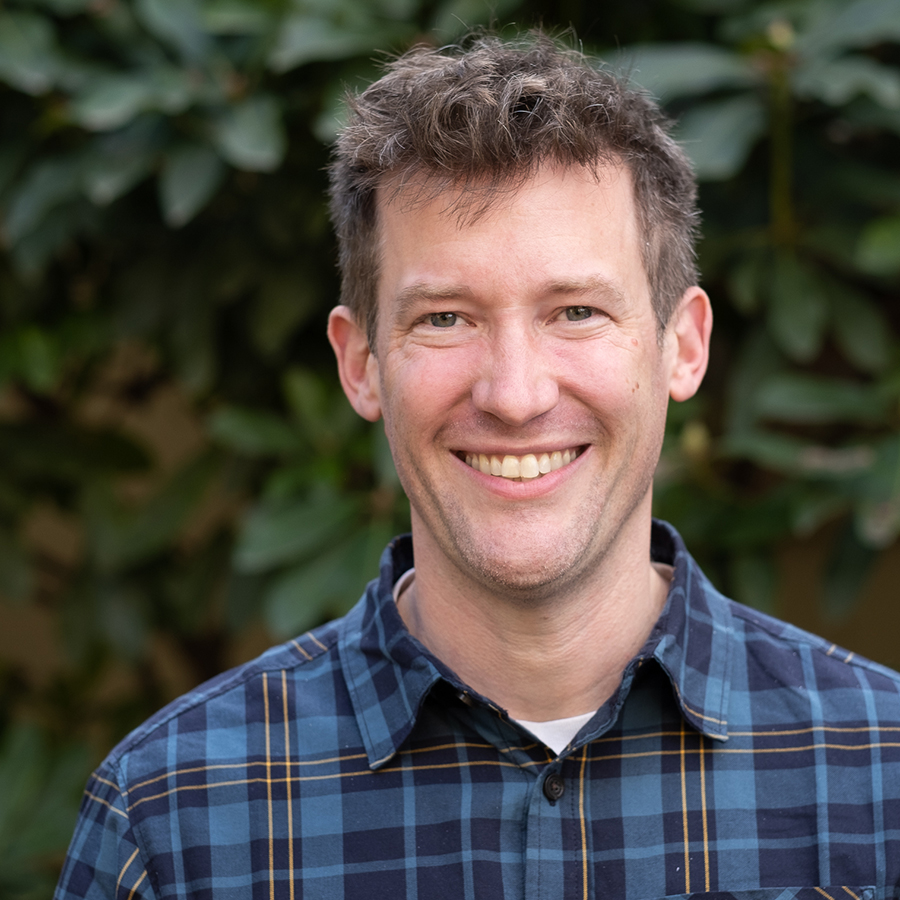
“Being able to serve as that kind of translator between our development team and the groundwater modelers at Olsson has been really valuable.”
John Henry Burns, PE
GET is also of great use to the experts so that they can spend their time running multiple scenarios in a matter of hours, rather than prioritizing a smaller set of scenarios. With GET, infinite scenarios are now at their fingertips.
GET and the Future of Water Management
Now that GET is available to groundwater managers, local water jurisdictions have a more efficient and accessible mechanism by which to advise landowners about water sustainability impacts.
The local agencies can more effectively evaluate how groundwater usage rates will impact a water table. And better yet, they can model how mitigation efforts (e.g., implementing sustainable irrigation methods, voluntary land repurposing, creating managed wildlife habitat) can improve groundwater sustainability. Knowing more about these effects in a timely manner can greatly assist the GSA and the landowners as they work to find solutions to maintain and potentially restore groundwater resources in their districts.
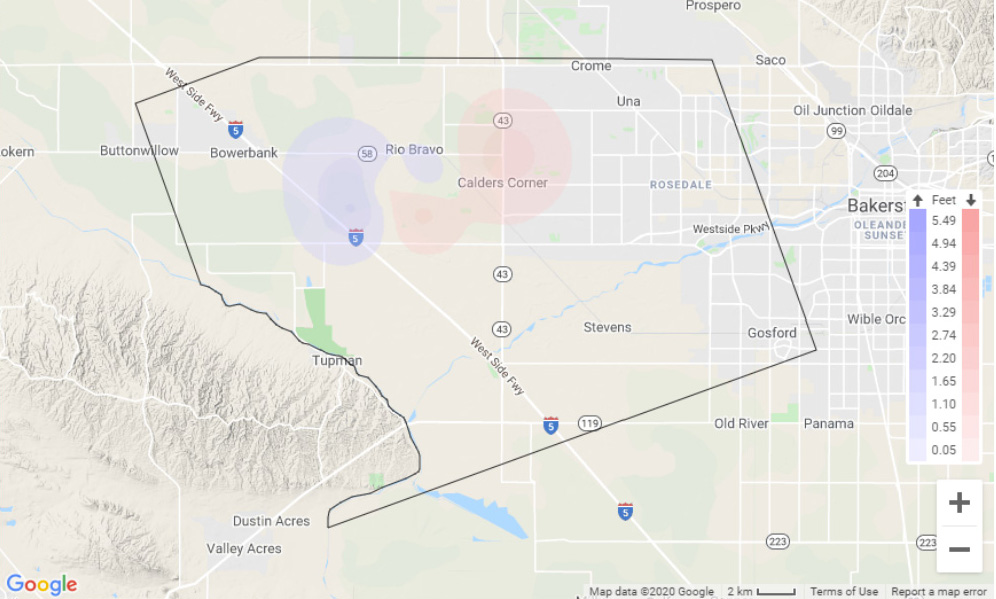
As extended periods of drought become the norm across the United States and the world, this partnership shows how cross-sectoral solutions can lead to innovative sustainability solutions. In the past, drought studies could take so long that by the time the results were back, the drought had passed—making it difficult for local leaders to convince the public to invest in improvements until the next drought came along. However, GET provides the opportunity to better meet the urgency as the drought is happening, making it easier for local leaders to facilitate real-time investments to mitigate impacts from a rapidly changing climate.
“It’s difficult to imagine a challenge more pressing and urgent than water scarcity,” Schneider said. “At this point, it’s all hands-on-deck and it’s about getting the right tools into the hands of the people working to solve these challenges. The days of waiting to study the problem so we can take concrete steps and actions are over. GET has the potential to help us take those steps and actions now.”
